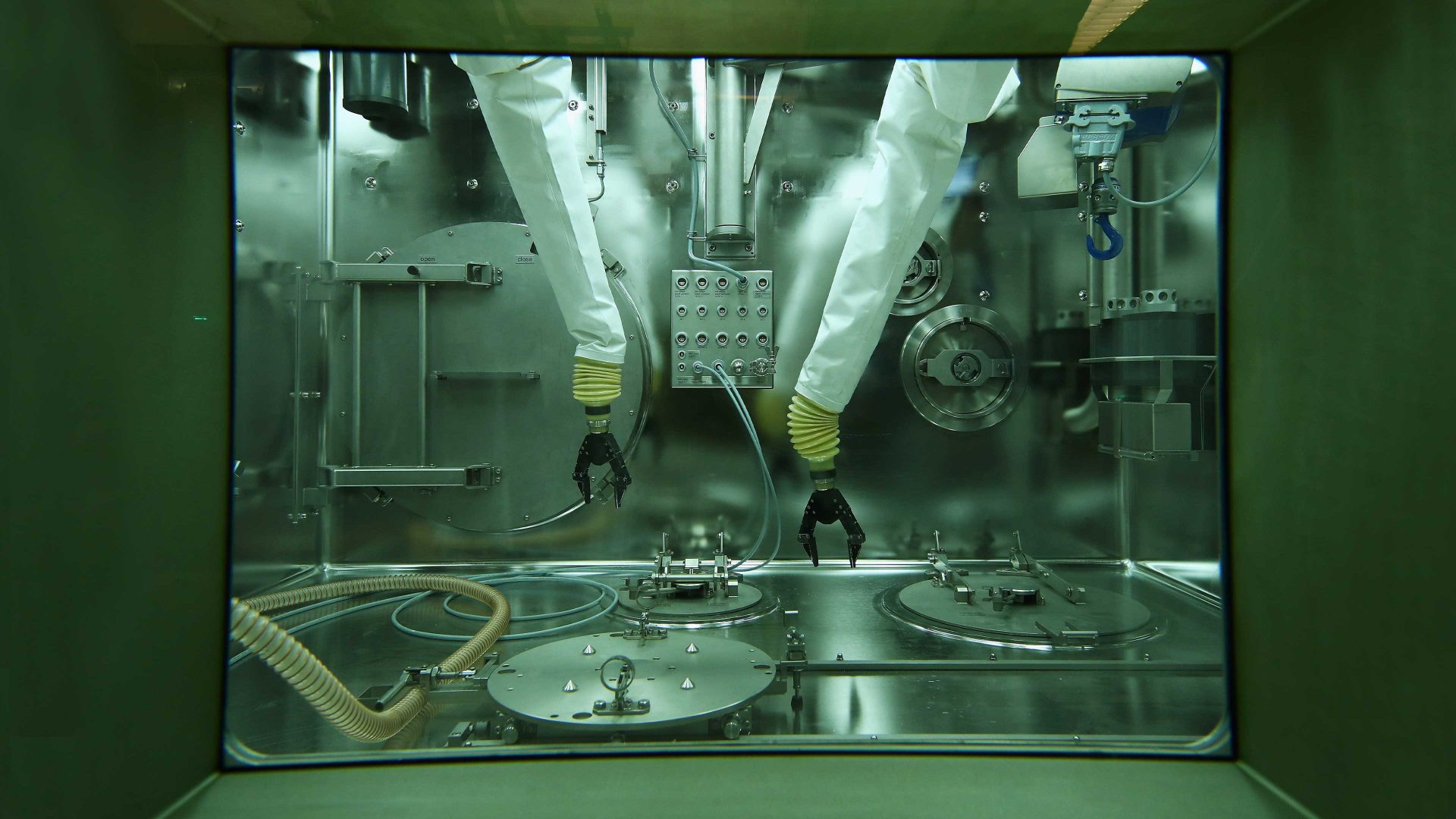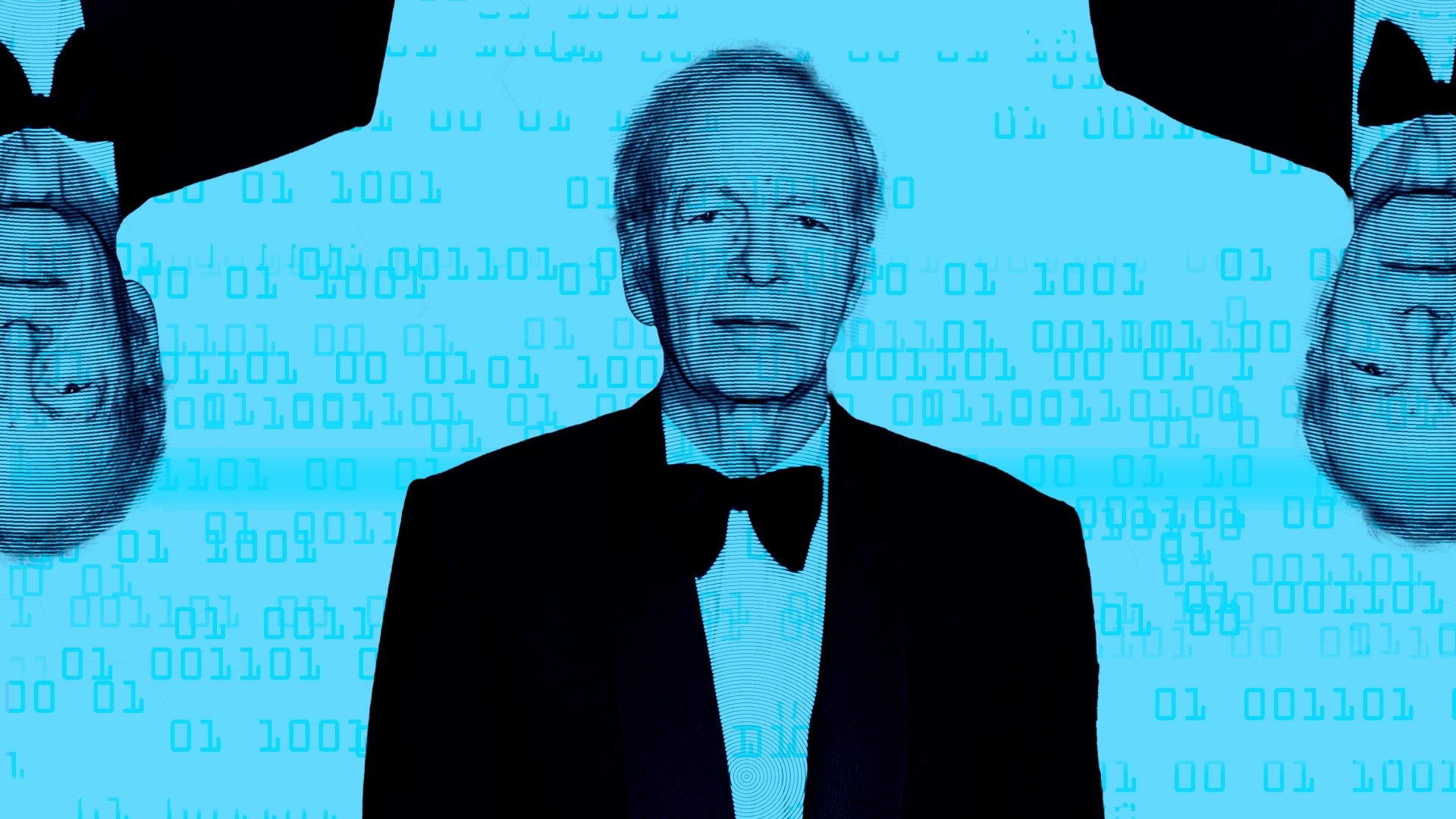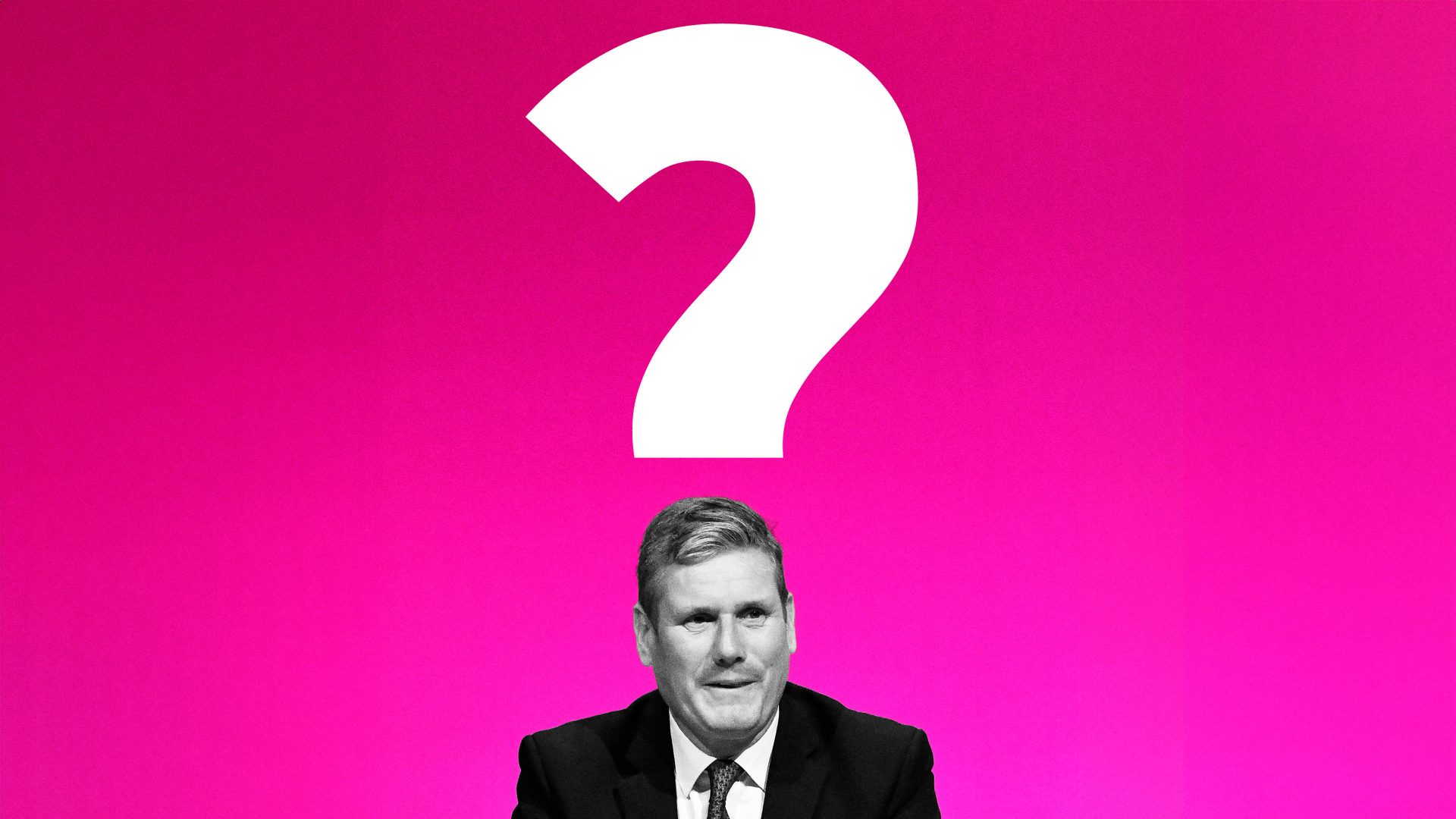The Standard Model of particle physics is the cornerstone of modern fundamental physics – yet physicists have been trying for years to undermine it. You might imagine nothing would please them more than to see this central theoretical framework validated again and again, but in fact there’s nothing particle physicists would love more than to see it fail.
Nothing better illustrates the true nature of science: far from maintaining that they know everything, scientists appreciate that we only learn new things when we find something we can’t explain.
The Standard Model (SM) is not so much a theory as a kind of summary of all we know about the fundamental particles and forces from which the material world is constituted. For a brief moment in the early 20th century, it seemed that all matter was made from the three constituent particles of atoms: protons, neutrons, and electrons. Add the “particle-like” manifestation of light – the photon, proposed by Einstein in 1905 – and the picture seemed complete. These ingredients of reality seemed bound together by two forces: electromagnetic and gravity.
But even then there were signs that this picture wasn’t enough. In 1932, the same year that the neutron was first observed, a new particle called the positron – a kind of mirror-image electron, made from antimatter – was also discovered. Another, the super-light and electrically neutral neutrino, had already been postulated in 1930, although it wasn’t unambiguously detected until 1956. As physicists got ever better at smashing atoms and subatomic particles into one another in accelerators, a menagerie of new particles emerged: muons, pions, kaons, the list kept growing. And physicists found it necessary to postulate two more fundamental forces to account for the properties of the atomic nucleus, uninspiringly called the strong and weak nuclear forces.
The Standard Model brings order to this zoo of particles and forces. It organises the particles into families and explains how their properties relate to and compare with one another. The muon, for example, is one of two more-massive versions of electrons, and each of these three particles has a species of neutrino associated with it. Protons, neutrons and other heavy particles (hadrons) are themselves constituted from quarks, which interact with each other by “force particles” called gluons passing between them. (All forces have associated particles; the photon is the “force particle” of the electromagnetic force.)
The Standard Model is now complete, with all its spaces filled. The last of them was the Higgs boson, discovered in the Large Hadron Collider (LHC) accelerator at Cern, near Geneva, with much fanfare in 2012. But that didn’t mean the job was done.
Physicists are certain that the Standard Model can’t be the last word in what the world is made from. In particular, this picture doesn’t include a description of gravity. To put it another way, the interactions of particles via forces in the Standard Model is described by the theory called quantum mechanics, but that theory seems to be incompatible with the description of gravity supplied by Einstein’s theory of general relativity.
That’s to say, physics has two theories that seem to work perfectly in the domains for which they were designed, but which don’t fit together. That’s why some theoretical physicists have been searching for decades, without success, for a theory of quantum gravity. One of the favourite candidates is called string theory – but it’s not alone, and it has failed to make any predictions that can be tested to see if it works.
So particle physicists are seeking ever more intensely, even desperately, for experimental results that don’t fit the Standard Model. Such flaws would offer clues about how to start constructing a bigger picture of fundamental physics that unites quantum mechanics and relativity.
Yet the model seems to be the idea that won’t die. Researchers at Cern recently reported that measurements of the mass of the W boson, a particle associated with the weak nuclear force, fits with what the model predicts. This seems to put paid to a claim in 2022 that data collected from the accelerator at Fermilab, near Chicago in Illinois, placed the W boson mass outside those predictions. The latest measurement is the most accurate ever made for this particle, and fits comfortably within the bounds you would expect.
It’s a story – excitement at a proposed violation of the Standard Model, followed by evidence of a false alarm – that particle physicists are wearyingly familiar with. Many think that to make progress, they need an even bigger (and costlier) accelerator. Some colleagues in other fields of physics raise their eyebrows at that. But it’s no easy matter getting to the root of all matter.




